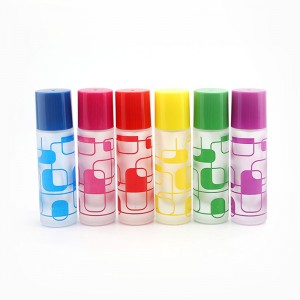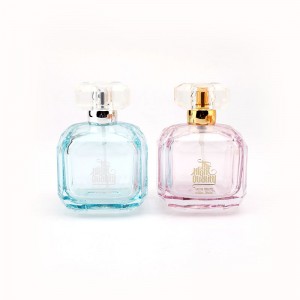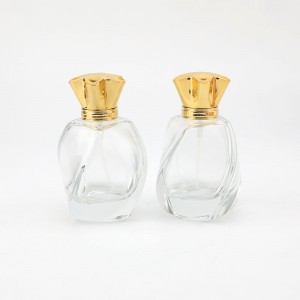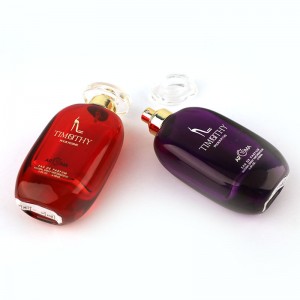Perfume bottles have always been an essential part of the fragrance industry. They not only serve as a container for the precious liquid but also as a symbol of elegance and luxury. The history of perfume bottles dates back thousands of years and is intertwined with the evolution of perfume itself.
The use of fragrances can be traced back to ancient civilizations such as the Egyptians, Greeks, and Romans. In those times, perfumes were primarily made from natural ingredients such as flowers, herbs, and spices. These fragrances were highly valued and were often used for religious ceremonies, as well as for personal adornment.
Initially, perfumes were stored in simple containers made from clay or wood. However, as the demand for fragrances grew, so did the need for more sophisticated and aesthetically pleasing bottles. It was during the Renaissance period that perfume bottles started to take on a more decorative and ornate form. They were often made from glass and adorned with intricate designs, reflecting the artistry and craftsmanship of the time.
In the 18th and 19th centuries, perfume bottles became even more elaborate. The rise of the perfume industry in France led to the creation of exquisite bottles that were considered works of art. Renowned glassmakers such as Baccarat and Lalique crafted stunning designs, incorporating intricate details and precious materials like crystal and gold. These bottles became highly sought after by the elite and were often displayed as decorative pieces in luxurious boudoirs.
The invention of the atomizer in the early 20th century revolutionized the way perfumes were dispensed. This innovation allowed for a more controlled and precise application of fragrances. Perfume bottles were now designed to accommodate the atomizer, with elegant and streamlined shapes that emphasized functionality.
Today, perfume bottles continue to evolve in design and materials. While glass remains the most popular choice, designers and perfumers are experimenting with unconventional materials such as ceramic, metal, and even plastic. The focus has shifted towards creating bottles that reflect the brand’s identity and appeal to consumers’ aesthetic preferences.
In conclusion, the evolution of perfume bottles is a testament to the artistry and innovation within the fragrance industry. From simple clay containers to intricate crystal masterpieces, these bottles have not only served as a vessel for fragrances but also as a reflection of the times and a symbol of sophistication and luxury.
Post time: Jun-29-2023



